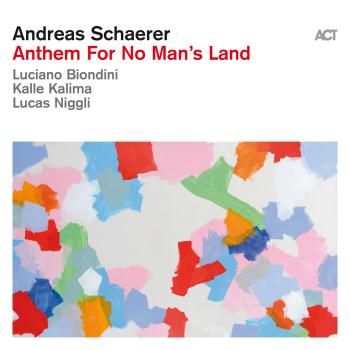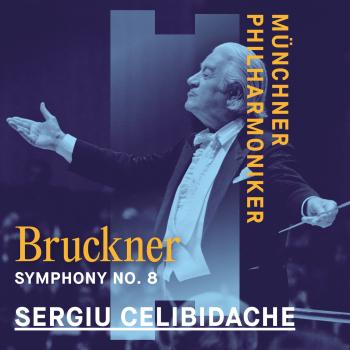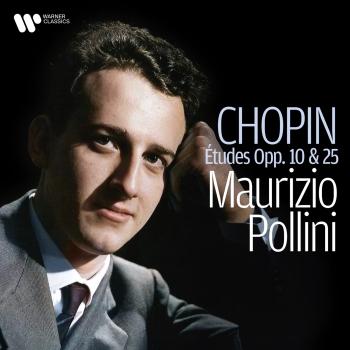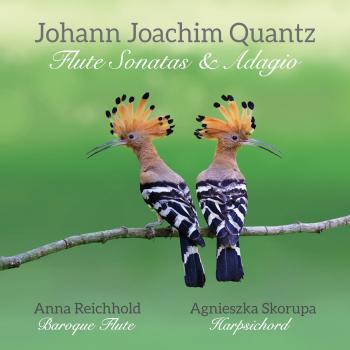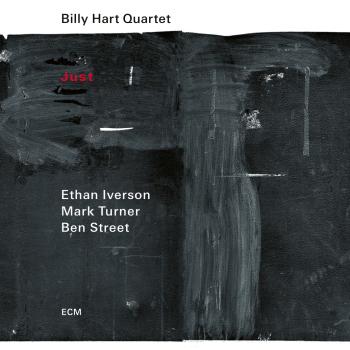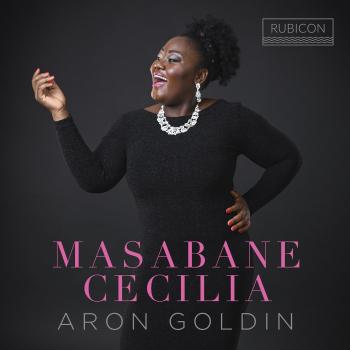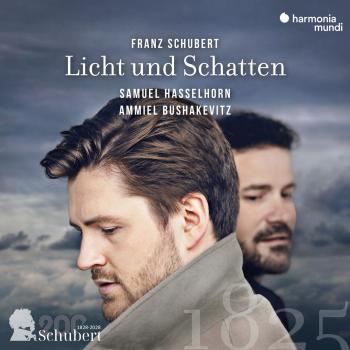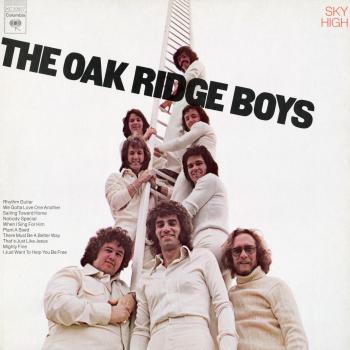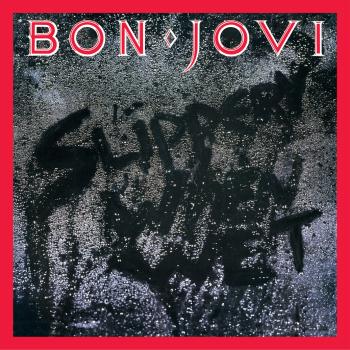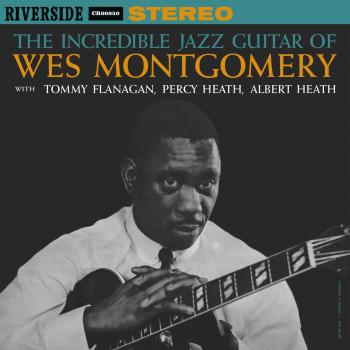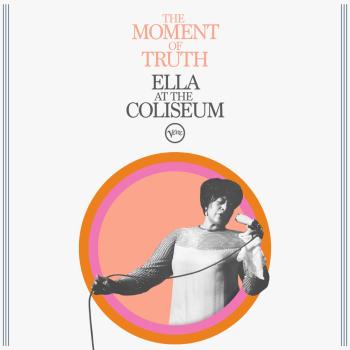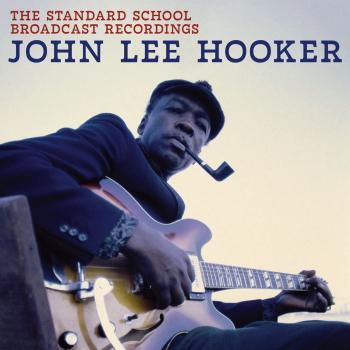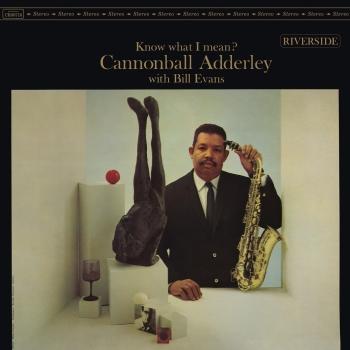Cannonball Adderley & Bill Evans
Biography Cannonball Adderley & Bill Evans
Julian “Cannonball” Adderley
after his music studies in Tallahassee(1944/48) he became a high school band director at the Dillard High School/Fort Lauderdale (1948/50)in his native Florida , following in the footsteps of his educator-father(a trumpet player),before moving to New York in 1955. He initially planned to pursue graduate studies in Manhattan; but after sitting in with Oscar Pettiford's band at the Cafe Bohemia, the alto saxophonist became an instant sensation, hailed by many as the musician most likely to e the mantle of the late Charlie Parker. Despite misguided promotional efforts to christen him as "the new Bird," Adderley clearly had his own approach to the horn, which drew on the inspiration of Benny Carter as well as Parker. He took advantage of his early notoriety, however, by forming his first quintet, which featured his younger brother Nat Adderley on cornet. While the group struggled economically, Cannonball did draw the attention of Miles Davis,who featured the alto saxophonist in the immortal Miles Davis sextet (alongside John Coltrane and either Red Garland, Bill Evans,or Wynton Kelly) for two years beginning in late 1957.
In September 1959, Cannonball left Davis and reunited with Nat in a new Cannonball Adderley quintet. Recorded live one month later at San Francisco's Jazz Workshop, the band became an immediate success with their version of Bobby Timmons's sanctified waltz "This Here" and a leading practitioner of what came to be called soul jazz. Numerous other hits followed over the next 16 years as the band occasionally swelled to sextet size (with the inclusion of Yusef Lateef or Charles Lloyd) and featured such important pianist/composers as Barry Harris, Victor Feldman, Joe Zawinul,George Duke, and Hal Galper. Sam Jones and Louis Hayes formed the original rhythm section, to be succeeded later by Victor Gaskin,Walter Booker, and Roy McCurdy. At the heart of the group's success throughout its existence were Cannonball, one of the most impassioned alto (and, later, soprano) saxophonists in jazz history, and Nat,whose infectious compositions (including "Work Song" and "Jivesamba") formed a critical part of the band's book.
While a knack for interpreting funky crossover material such as Zawinul's "Mercy, Mercy, Mercy" won the Adderley quintet one of the jazz world's largest audiences, Cannonball's personality also played a pivotal role in sustaining the band's prominence among fans worldwide. He was the most articulate and engaging of musicians,and he invariably educated his listeners with wry commentary that illuminated the music. He was also a voracious listener and talent scout who introduced several prominent musicians through both employing them in his ensemble and serving as a studio record producer. Cannonball was the one who called Wes Montgomery to the attention of Riverside Records, produced the debut recording of Chuck Mangione, and collaborated so brilliantly with a young Nancy Wilson. The open, affirmative personality he displayed on stage was reflected in his music, which over time was touched by the subtle eloquence of his former boss Miles Davis and the exploratory intensity of his Davis colleague John Coltrane.
Adderley also served as a prominent spokesperson for jazz through extensive television work and residencies at several universities.Shortly before his death following a stroke, he had recorded his original music for "Big Man," a "folk musical" based upon the life of John Henry.
Bill Evans
is an internationally recognized five-string banjo life force. As a performer, teacher, writer and composer, he brings a deep knowledge, intense virtuosity and contagious passion to all things banjo, with thousands of music fans and banjo students from all over the world in a music career that now spans over thirty-five years.
Bill's banjo artistry is best experienced in live performance and on his recordings Fine Times At Fletcher's House with Fletcher Bright (2013), In Good Company (2012), let's do something with Megan Lynch (2009), Bill Evans Plays Banjo (2001) and Native and Fine (1995). Bill successfully bridges traditional and contemporary sounds and playing techniques, creating a new music that is firmly within the bluegrass tradition but draws upon a broad knowledge of classical, jazz and world music, drawing upon his experiences as a graduate student in Music at the University of California, Berkeley and as the associate director of the International Bluegrass Music Museum.
Bill is also an expert player of mid-19th century minstrel banjo and late 19th and early 20th century classic banjo styles, authentically performing these styles on historical instruments. He brings all of these diverse musical performing interests together in his solo concert The Banjo in America.
In the last two years, Bill has toured throughout the United States, Canada, England, and Germany and toured Russia for the U. S. State Department. Recent appearances include A Prairie Home Companion with Garrison Keillor and performances with the San Francisco Symphony. From festival to folk society stages, to universities and performing arts centers, The Banjo in America has earned standing with a dazzling display of banjo artistry of unparalleled historical depth geared towards entertaining general audiences.
Bill is the author of Banjo For Dummies, the most popular banjo book in the world. Banjo For Dummies is now in its second edition and has been translated into French and Portuguese. This year, Bill is preparing a companion volume Bluegrass Banjo For Dummies. In addition, Bill hosts six critically acclaimed instructional DVDs for AcuTab Publications, Homespun Tapes and the Murphy Method and he is also the co-author of Mel Bay’s best-selling Parking Lot Pickers Songbook: Banjo Edition.
With banjo legend Sonny Osborne, Bill hosts the NashCamp Banjo Camp each fall in Fairview, Tennessee. Now in its 13th year, this camp is the premiere bluegrass banjo camp in the world and has featured J. D. Crowe, Jens Kruger, Bill Emerson, Ron Block, Kristin Scott Benson, Rob McCoury, Tony Trischka, Alan Munde, Ned Luberecki, Charlie Cushman, Pete Wernick and Frank Neat, among others.
Bill has also been a mainstay at many other banjo and bluegrass music camps over the last fifteen years, including multiple appearances at Sore Fingers Bluegrass Week (England), Bluegrass Camp Munich (Germany), the Midwest Banjo Camp (Michigan), Steve Kaufman’s Acoustic Music Camp (Tennessee) and the California Bluegrass Association’s Music Camp.
Bill has probably taught more one-on-one banjo lessons than anyone else in the world. His list of students is impressive: Chris Pandolfi (The Infamous Stringdusters), Jayme Stone, Greg Liszt (Crooked Still, the Deadly Gentlemen), Wes Corbett and Erik Yates (Hot Buttered Rum.) However, Bill is equally adept at instructing the older adult learner whose goal is to have fun in a jam session or local band.
At any one time in his home near Richmond, California, Bill teaches between forty and sixty students, in addition to maintaining a steady international touring schedule. In addition, Bill teaches the most popular bluegrass ensemble classes in the San Francisco Bay Area at the Freight and Salvage Coffeehouse and he is on the faculty of the California Jazz Conservatory.

